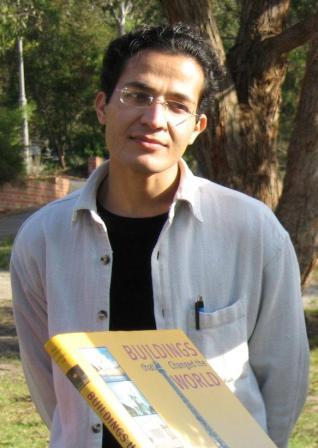

A group of scholars gathered in early April 2003 at the Yale School of Architecture for a symposium, “Local Sites of Global Practice: Modernism and the Middle East.” As architects and historians discussed the charged history of development in the region, United States troops were nearing Baghdad.
The war that has dominated the headlines was too immediate for analysis, and most talks focused on history. Topics ranged from the Italian colonization of Libya in the 1930s to the barracklike refugee settlements constructed in the late '40s in Israel, from Frank Lloyd Wright's unbuilt projects for Baghdad in the 1950s to the Postmodern towers that transformed Dubai in the '80s. Certain themes were persistent, such as the uneasy relationship between modernity and tradition, progress and preservation, global and local. Yale anthropologist Arjun Appadurai argued that these categories limit understanding — that local and global “cannot be dichotomized,” for each influences the other in complex ways. Still, for Western architects, certain difficult realities were hard to avoid. As Hasan-Uddin Khan, a professor of architecture at Roger Williams University, in Bristol, Rhode Island, discussed “hybrid architecture” in the Gulf States, it became clear that much of the work by American and European architects — hotels, airports, and ministries with designs whose forms are meant to suggest Arab dhows or Bedouin tents — now symbolizes what many in the region see as hubris, if not oppression.
Yet architecture is inevitably a key component in nation building. Hashim Sarkis, professor of
architecture at Harvard, showed projects — housing, an agricultural center, and a school — commissioned by nongovernmental organizations (NGOs) as part of Lebanon's post-civil war rebuilding. Sarkis says, “NGOs fill a need throughout the developing world.”
~~~~~~~~
By Nancy Levinson
~~~~~~~~
By Nancy Levinson






